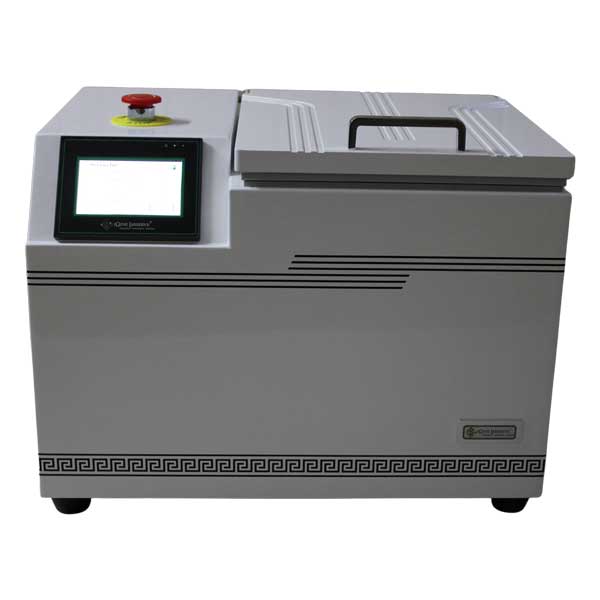Homogenisation is one of the fastest growing fields and plays a vital role for several industries like pharmaceutical, biotech, chemical, cosmetic and food. Typically, the method involves disruption of particles through different stages like mixing, blending, and emulsifying to make sure that the dispersion is even and the size well-modified.
Methods of homogenisation
Among the homogenisation methods used today, you will come across pressure homogenisation, ultrasonic homogenisation, and mechanical homogenisation. However, the popular ones fall in the category of mechanical and pressure homogenisers or whet you can call high pressure and bead homogenisers.
The bead beater homogeniser is generally used for dispersing solids and liquids by applying shear force. In this method, the samples are placed inside a chamber containing beads that are agitated and homogenises the samples by breaking up of tissues and disruption of cells. Bead beating homogenisation is an excellent method for processing samples of tissues in the laboratory. The samples disrupted are often used for research and development and the method is quick and boasts of high throughput levels.

Factors affecting the bead beating homogenisation method
The bead beater homogeniser is one of the most powerful techniques used for disruption of cells and tissues and helps release the intracellular contents. However, a lot of speculation surrounds the efficiency of this method. So, let us dive into those factors that usually affect the efficiency of the bead beating method.
Preparation of sample
The following are the things you need to keep in mind when preparing samples for the disruption process.
- Volume and consistency of samples: The consistency and volume of samples affect the way in which the bead beating homogenisation takes place. For instance, large samples often require more beads and the processing time may prolong. On the other hand, viscous samples need to be pre-treated to reduce the level of viscosity.
- Choosing the buffer: The buffer you prepare may also affect the disruption process. Therefore, buffers must contain chaotropes or detergents for improved solubility of proteins as well as other cellular components.
- Freeze samples: Freezing samples may alter their structure, making the cell and tissue disruption process less achievable. A better option would be thawing samples before the bead beating process to rev up the efficiency of the process.
Setting of Equipment
The way in which you set up the equipment also impacts the efficiency of bead beater homogeniser. So, here is what you need to know about preparing the equipment to maximise the efficiency:
- Duration of bead beating: The time for which the tissues and samples undergo the bead beating process may affect the quality of disruption process. The longer the samples undergo disruption higher is the efficiency of the process although it may end up degrading the sample eventually.
- Temperature: Temperature control is a crucial step and setting it right is important to avoid causing damage to the sample. If you apply excessive heat, the risk of proteins and various other cellular components being denatured can be hard to rule out.
- Speed: The speed at which you agitate the beads also impact the efficiency of bead beating. Although application of very high speed makes the disruption process more efficient but it may increase the risk of damage. Therefore, maintaining optimal temperature is the best way to boost the efficiency of the method.
Choosing the beads
Choosing proper beads is crucial to make the sample disruption more effective. So, here is what you need to keep in mind when choosing beads:
Shape and size of the beads
The shape and sizes of beads also influences the process of disruption. Ideally, smaller beads can easily penetrate into the cells while the large-sized beads are more effective for disrupting tougher tissues.
Material of beads
Choosing the bead material is another significant aspect to boost the efficiency of the disruption process. Ceramic, glass, steel, and tungsten carbide are a few materials that are chosen for beads and each one will have their pros and cons. So, when choosing the material, make sure you understand which one is appropriate for your laboratory.
Ratio of bead and sample
The functionality of the bead beater homogeniser also depends on the ratio of bead and sample. Accordingly, a higher bead-to-sample ratio may offer better results during the disruption process and also enhance the risk of contamination.
So, here you have it all; the factors that may make the bead beater homogeniser a worthier investment. For the best-quality equipment, you can get in touch with IGene Labserve, the renowned supplier of laboratory and industrial equipment. The company has recently won the NSF certification for biosafety cabinets and more accolades are awaited. Click here for https://www.igenels.com/ to know more.

